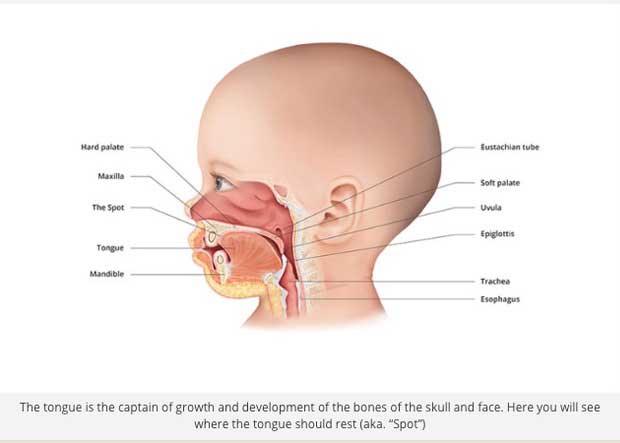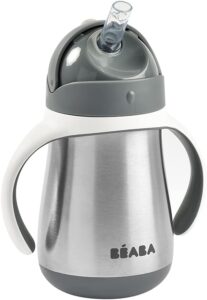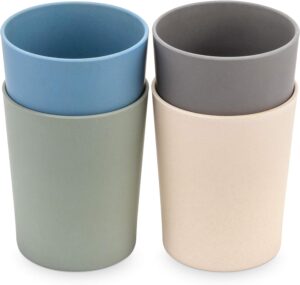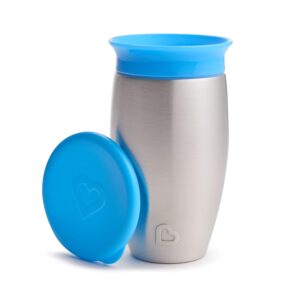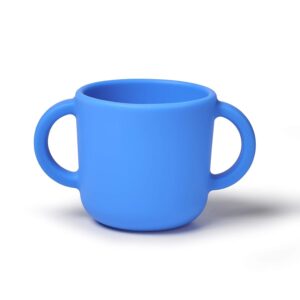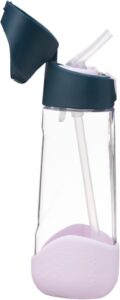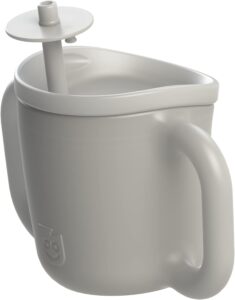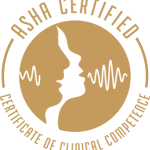*As an Amazon Associate, we may earn from qualifying purchases from these product recommendations.
TherapyWorks Sippy Cup Guide
Believe it or not, some sippy cups are better than others when it comes to speech and language development. We’ll walk you through what to look for in a cup and suggest some of our favorites.
What makes one cup better than another?
It’s all about the spout!
Let me explain…
As babies are presented with solid foods and open cup liquids, they develop a swallow that is more advanced than the one they used for breast or bottle feeding (usually around 12 months). This swallow helps build strength and coordination of the lips, tongue and jaw.
The next time you swallow, notice that your tongue naturally goes to the spot behind your front teeth where “teeth meets gum” and rolls back over the roof of your mouth to trigger your swallow.
This “starting place” for the tongue (just behind the two front teeth) is very important both for speech and swallowing.
A spout cup can physically block the tongue from getting to the ideal position and inadvertently encourage an immature swallow pattern.
In addition to the spout inhibiting ideal tongue placement, many sippy cups on the market end up functioning much like a bottle; encouraging the “suckling” swallow that babies use in their first year.
Whenever possible, practice open cup drinking with your child. Meal times are a great time for open cups. When on the go, straw cups are also an excellent choice. In addition, there are several spoutless sippy cups on the market that mimic open cup drinking.
Here are our recommendations:
If you have questions about your child’s development please don’t hesitate to reach out. Our team of pediatric speech, feeding, occupational and physical therapists are happy to answer your questions!
Feeding Developmental Milestones for Infants and Toddlers
4-6 months:
- Begins to show interest in food
- Can sit with support
- Can bring food to mouth
- Can begin to use tongue to move food to back of mouth
6-8 months:
- Can sit unsupported
- Can use hands to bring food to mouth
- Can begin to use pincer grasp to pick up small pieces of food
- Can begin to drink from a cup with help
8-12 months:
- Can pick up small pieces of food with pincer grasp
- Can drink from a cup with minimal assistance
- Can begin to chew and mash food with gums
- Can begin to self-feed with finger foods
12-18 months:
- Can use utensils with some assistance
- Can drink from a cup independently
- Can chew and swallow most foods
- Can begin to use a spoon with assistance
18-24 months:
- Can use utensils with increasing skill
- Can begin to use a fork with assistance









